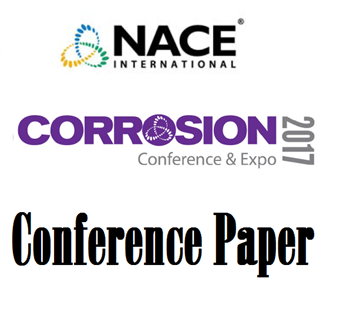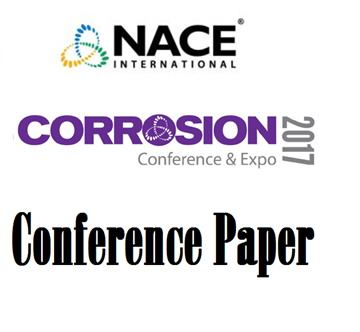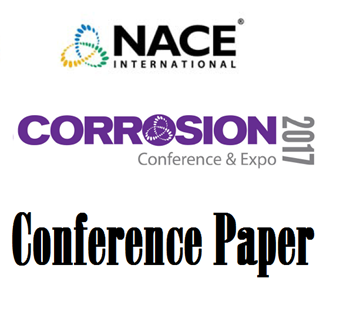Search
51318-11467-Relationship between Inhibitor Adsorption and Surfactant Properties: Part I - Methodology
Also Purchased
Guidelines for Corrosion Inhibitor Selection for Oil and Gas Production
Product Number:
51317--8842-SG
ISBN:
8842 2017 CP
Publication Date:
2017
$20.00
Effect of Temperature on Adsorption Behavior and Corrosion Inhibition Performance of Imidazoline-Type Inhibitor
Product Number:
51317--9350-SG
ISBN:
9350 2017 CP
Publication Date:
2017
$20.00
51317--9721-Use of Micelle Detection for Corrosion Inhibitor Screening
Product Number:
51317--9721-SG
ISBN:
9721 2017 CP
Publication Date:
2017
$20.00




